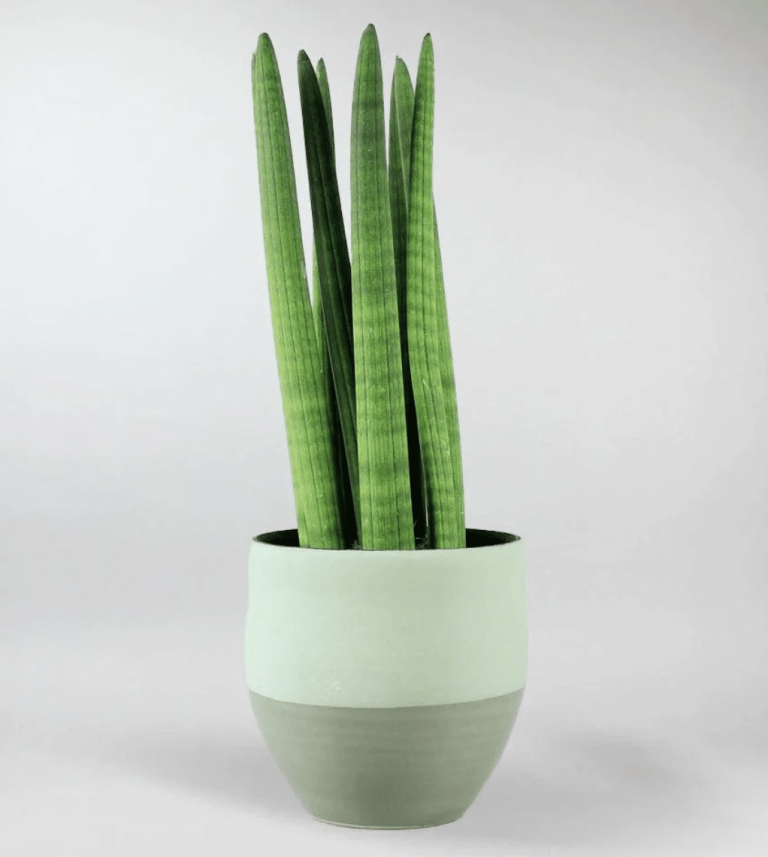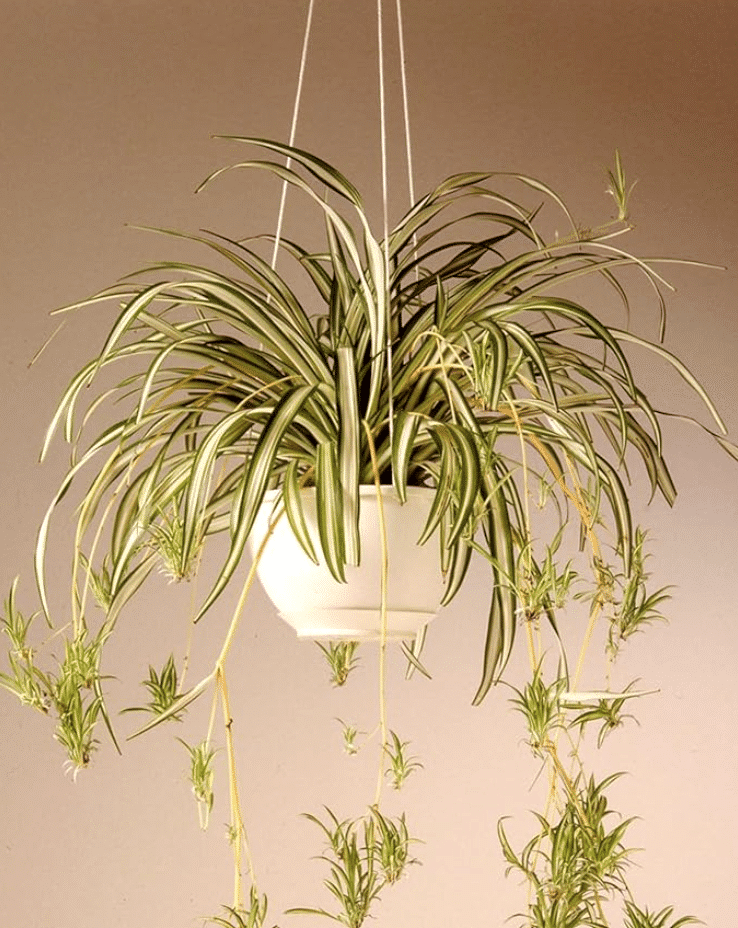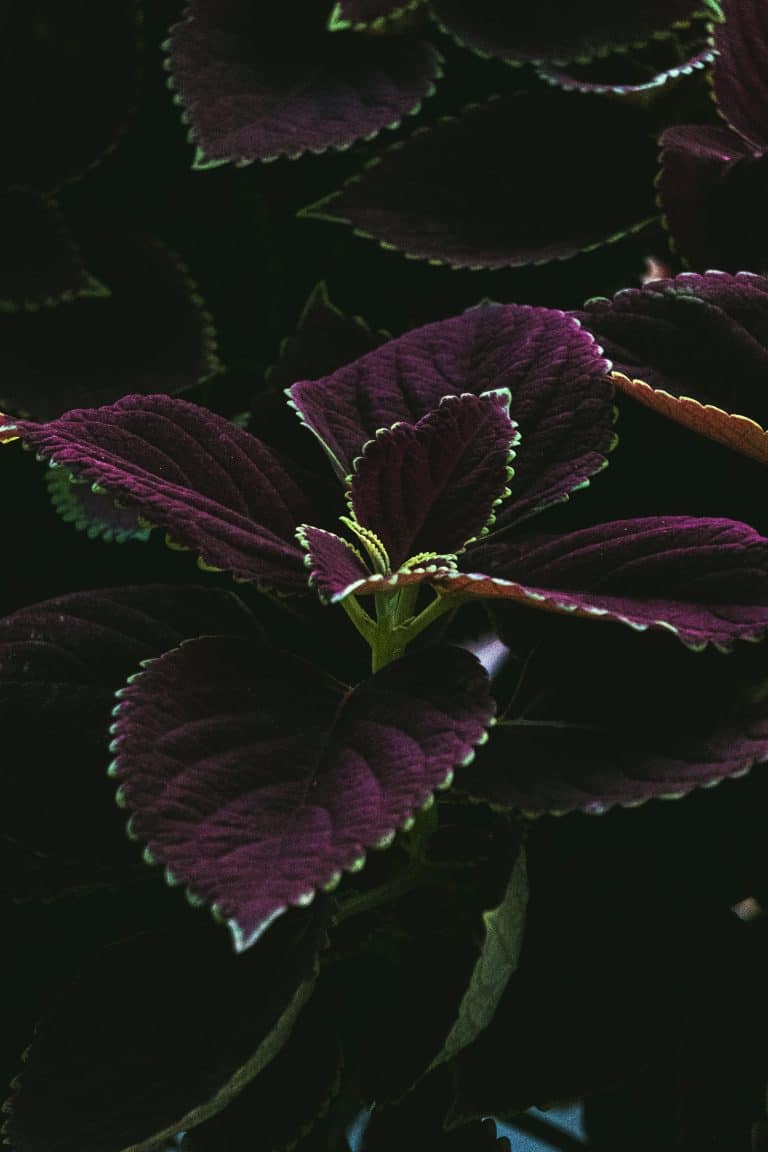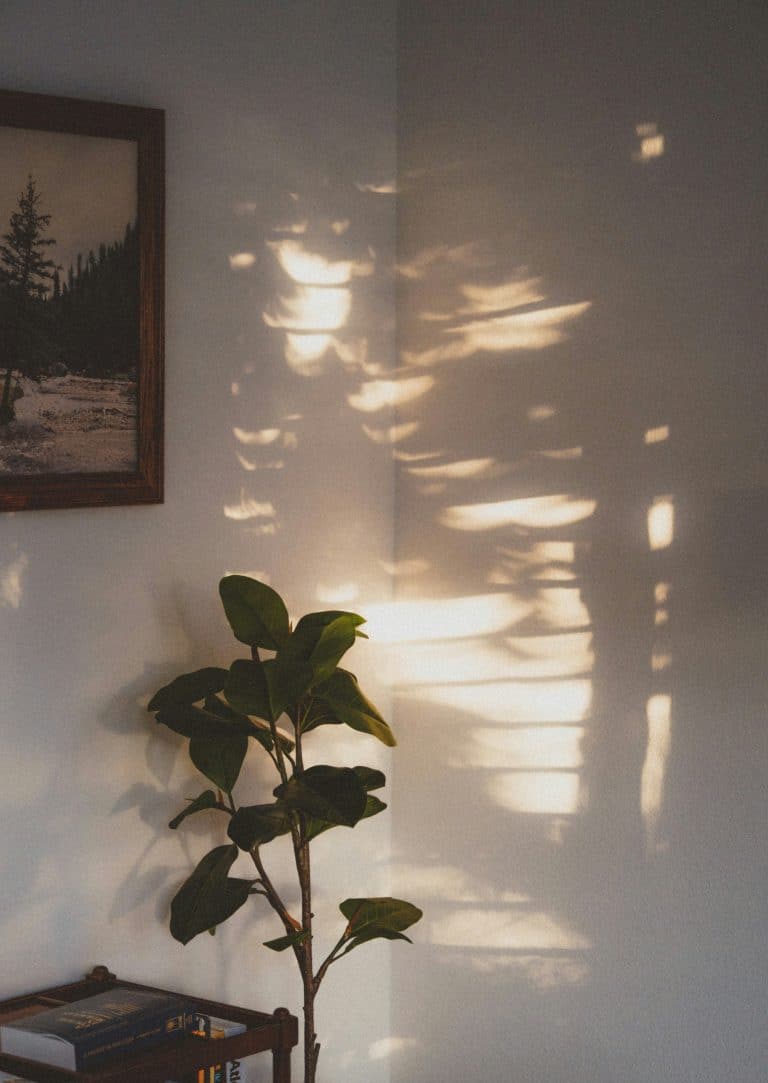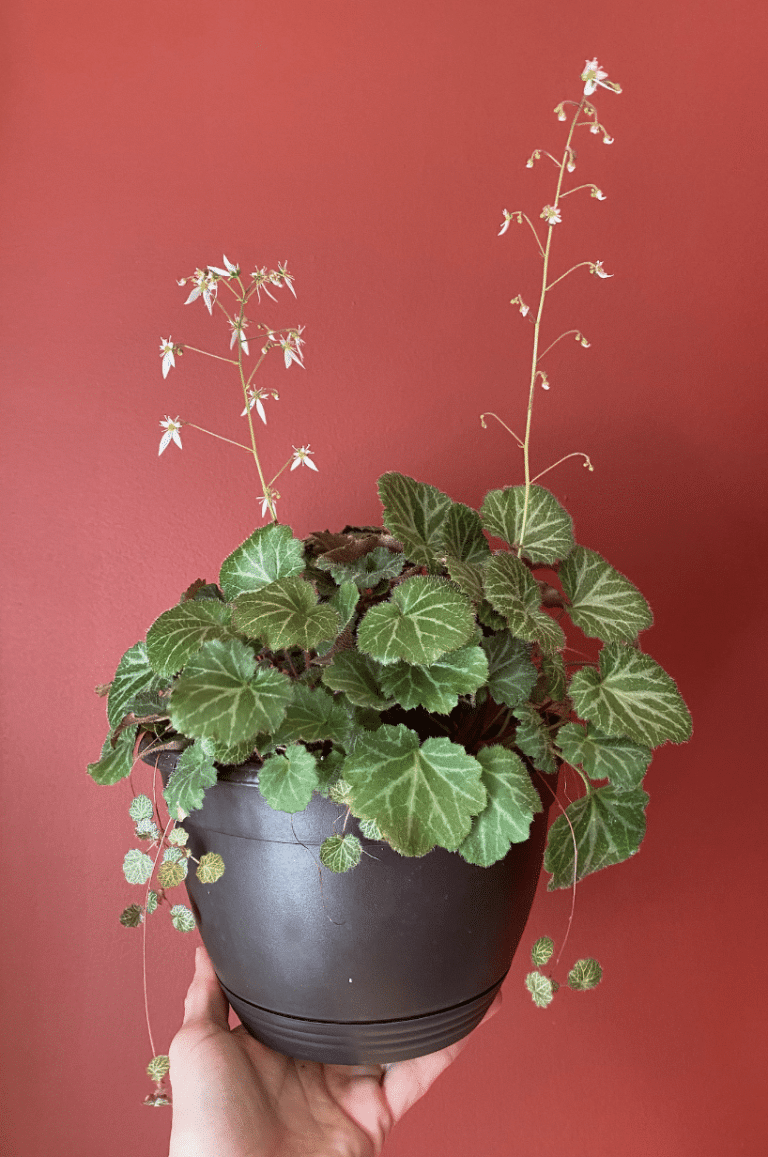How Tall Do Low-Light Indoor Trees Get?
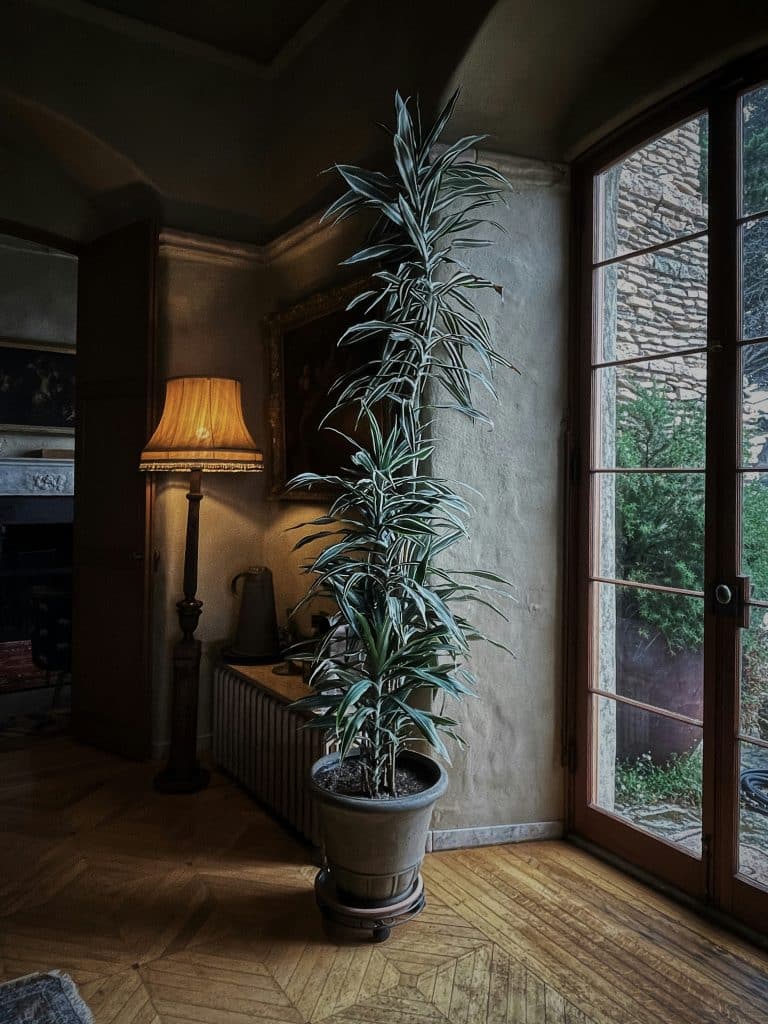
When you purchase through links on our site, we may earn an affiliate commission, which helps sustain our blog!
We love the idea of filling our home with towering indoor trees even in low-light conditions, their growth potential changes significantly. Some trees adapt well to dim spaces and still grow tall, while others stay compact.
So, how tall can low-light indoor trees really get? In this guide, we’ll break down the height expectations for different species, their growth rates, and the best ways to encourage healthy development—even in less-than-ideal lighting!
TL/DR
how tall do low light indoor trees get?
Most low-light indoor trees grow 3–8 feet tall. Some, like the Lady Palm, stay compact, while others like the Rubber Plant can reach up to 10 feet indoors.
How Light Exposure Affects Tree Height and Growth Rate
Light is like fuel for trees. The more they get, the more energy they can use for photosynthesis, the process that turns light into food. In bright light, trees absorb high-intensity photons that speed up energy production, leading to faster growth. But in low light? Trees go into energy conservation mode—they slow down their metabolism, produce fewer leaves, and sometimes just stop growing altogether.
We’ve tested this ourselves by placing two Dracaenas in different lighting conditions. The one near a bright window grew almost twice as fast as the one sitting further back in the room. The takeaway? Even so-called “low-light trees” grow better when given a little more light.
Why Trees Grow Slower in Dim Conditions
It’s not just about less light—it’s also about how trees adapt to it. In low light, trees:
- Stretch toward the light, becoming leggy instead of growing compact and bushy.
- Prioritize survival over growth, meaning they keep their current leaves healthy but won’t put out many new ones.
- Grow thinner stems, which can make them look weak or sparse over time.
We once had a Weeping Fig in a dim hallway that looked fine for months—until we realized it hadn’t grown at all. One of those situations where a plant just exists but doesn’t thrive, and that is simply not the best situation. When we moved it to a brighter spot, it suddenly pushed out half a dozen new leaves in a few weeks. That’s when we really understood how much light impacts a tree’s ability to grow. BTW, it is also one of the fast growing indoor trees!
Common Misconceptions About Tree Size in Low-Light Spaces
One of the biggest myths we hear is that all indoor trees will eventually reach their maximum height no matter the conditions. Nope. A tree that could grow 10 feet tall in bright light might stay stuck at 5 feet in low light. It’s not about genetics—it’s about the available energy.
Another misconception? That trees in low light don’t need much care. Since they grow more slowly, people assume they’re low maintenance. But if anything, they need more careful monitoring to prevent weak growth, overwatering, or pest issues
How Tall Do Popular Low-Light Indoor Trees Get?
Understanding Growth Potential in Low-Light Tree
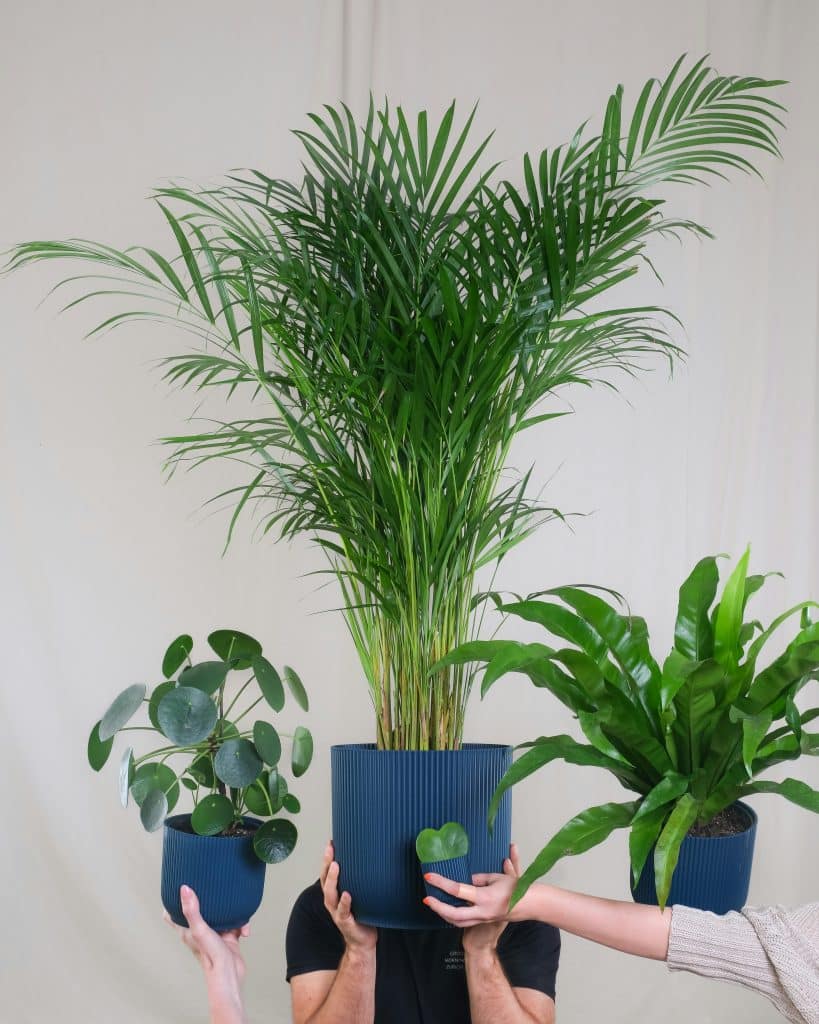
We’ve all wondered, how tall will this tree actually get indoors? Because let’s be honest—nursery tags are often misleading. We once brought home a Corn Plant expecting it to max out at four feet, only to have it suddenly stretch to six feet in the right conditions.
So, let’s set the record straight. Here’s what we’ve learned about some of the most popular low-light indoor trees and their actual indoor height potential:
1. Rubber Plant (Ficus elastica) – 8–10 feet
- Grows faster in moderate to bright indirect light but will still reach impressive heights in low light.
- Can become leggy if not pruned, so we keep ours trimmed to encourage a fuller shape.
2. Parlor Palm (Chamaedorea elegans) – 3–6 feet
- A slow grower. Ours took nearly two years to gain 12 inches.
- Does well in dim rooms, but don’t expect rapid height increases. (This is also one of the low light indoor trees that are pets safe!)
3. Dracaena Marginata – 6–10 feet
- Can reach ceiling height indoors if given time (and the right conditions).
- We noticed that moving it to a slightly brighter spot sped up its growth significantly.
4. Cast Iron Plant (Aspidistra elatior) – 2–3 feet
- Stays compact, making it a great option for truly dim spaces.
- Even in brighter light, it doesn’t get much taller—this one is naturally short.
5. Corn Plant (Dracaena fragrans) – 4–6 feet
- Often sold as a small tabletop plant but can easily double in size over time.
- Ours took about four years to reach 5 feet.
6. Fiddle Leaf Fig (Ficus lyrata) – 10 feet
- If it gets enough light, it can become huge indoors.
- In low light, though, growth slows way down—we had one sit at the same height for almost a year right in front of a north facing window of our third floor room.
7. Weeping Fig (Ficus benjamina) – Up to 10 feet
- Adapts well to low light but grows much faster in moderate indirect light.
- Ours only grew about a foot per year in dim conditions.
Understanding the Growth Hormones in Indoor Trees
1. The Role of Auxins in Vertical Growth
Auxins are plant hormones responsible for cell elongation—basically, they tell the tree to grow taller. In low light, auxins get concentrated on the shaded side of the plant, which is why trees stretch toward the light (a process called phototropism).
2. Gibberellins and Why Low Light Causes Weak Stems
Gibberellins are hormones that promote stem elongation, but they also need energy from light to work properly. In low-light conditions, gibberellins can cause trees to become tall but weak, which is why we sometimes see leggy, thin stems.
3. How Pruning Influences Hormone Distribution
Pruning isn’t just for looks—it actually redistributes auxins throughout the tree, encouraging stronger, more balanced growth. We’ve found that lightly pruning low-light trees helps them develop thicker stems and healthier leaves, even if they aren’t growing super fast.
So, let’s set the record straight. Here’s what we’ve learned about some of the most popular low-light indoor trees and their actual indoor height potential:
How to Encourage Healthy Growth in Low-Light Trees
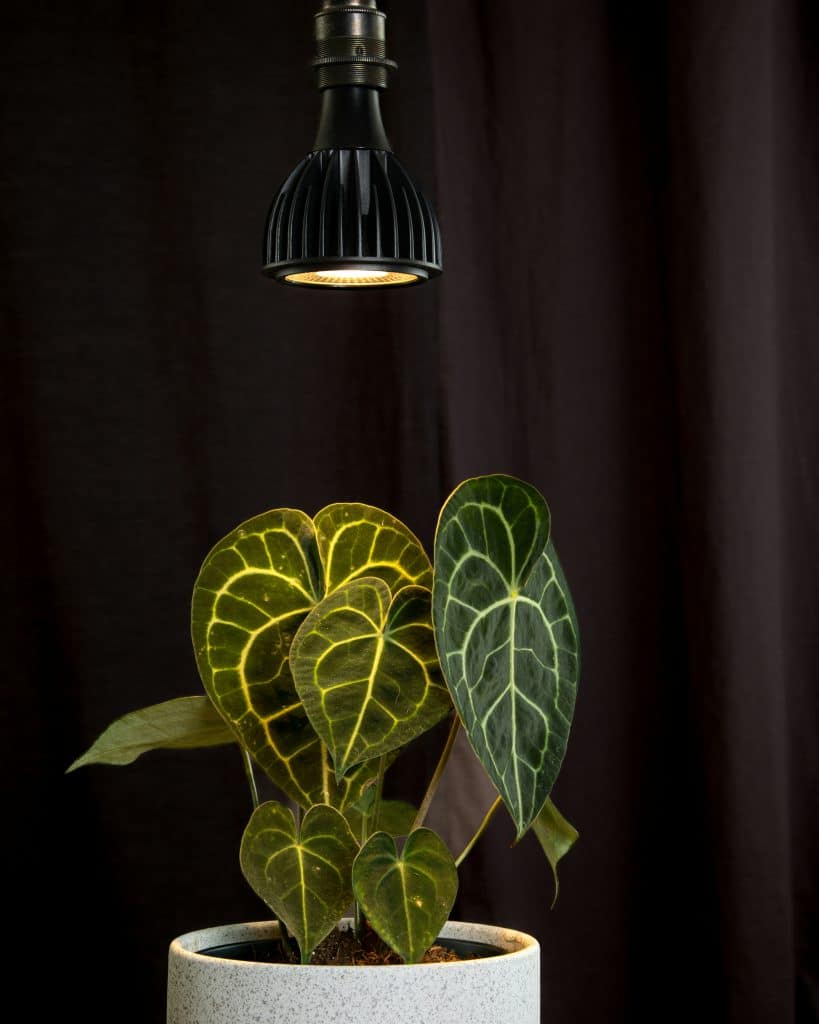
Even if a tree is naturally slow-growing in dim spaces, there are ways to maximize its potential:
- Rotate your tree every few weeks so it doesn’t grow lopsided.
- Use a grow light if possible—even a few hours of supplemental light makes a difference.
- Prune back leggy growth to encourage stronger stems.
- Monitor temperature and humidity—low light and low humidity can cause trees to lose leaves faster.
Read also: how to water low light indoor trees, and common problems and solutions to low light indoor trees.
Conclusion
Low-light indoor trees may not grow as fast or as tall as their bright-light counterparts, but with the right care, they can still thrive and reach impressive heights. By understanding their growth potential, adjusting their care routines, and providing the right environment, we can help our trees stay strong and beautiful—even in dim spaces!

